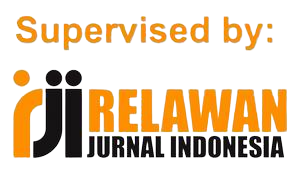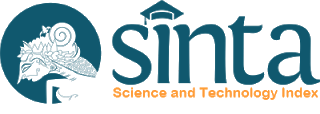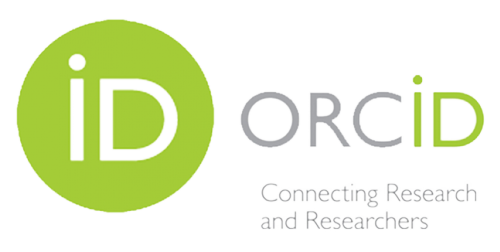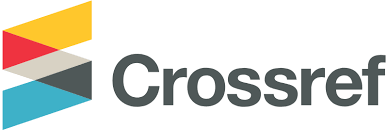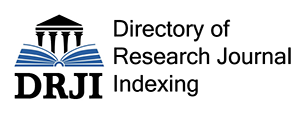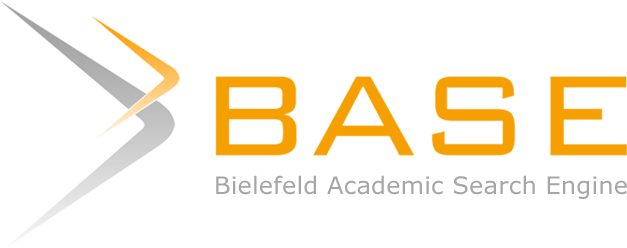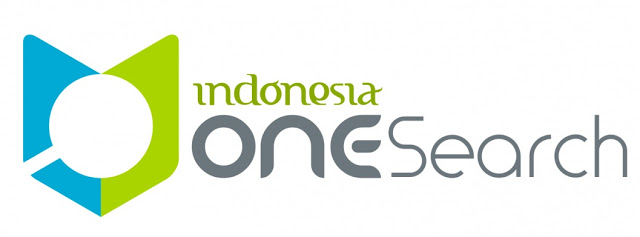Sharia Hospital As An Added Value: Sharia Hospital Competitive Excellence Strategy Based On Positioning
Abstract
Keywords
Full Text:
PDFReferences
Bijmolt, T. H. A., Wedel, M., & DeSarbo, W. S. (2022). Adaptive Multidimensional Scaling: Brand Positioning Based on decision Sets and Dissimilarity Judgments. Customer Needs and Solution, 8(7). https://doi.org/10.1007/s40547-020-00112-7.
BPPN. (2018). Masterplan Ekonomi Syariah Indonesia 2019-2024 Hasil Kajian Analisis Ekonomi Syariah di Indonesia. Deputi Bidang Ekonomi.
Chakraborty, R., & Majumdar, A. (2011). Measuring Consumer Satisfaction in Health Care Sector: the Applicability of Servqual. Journal of Arts, Science & Commerce, II(4), 149–160. /https://doi.org/10.1080/20479700.2016.1266804
Dhani, M. W., & Susanto. (2016). Analisis Positioning Rumah Sakit Kasih Ibu Surakarta. Proceeding Healthcare, 108–119. Hair, J. F., Black, W. C., Babin, B. J., & Anderson, R. . (2019). Multivariate Data Analysis. (8th ed.). New Jersey: Prentice Hall International Inc.
Gordon, S.p. (2022). Integrating the Experiential Learning Cycle with Educational Supervision. Journal of Education Supervision. Vol 5 (3) 1-34
Hair, J. F., Risher, J. J., Sarstedt, M., & Ringle, C. M. (2019). When to use and How to report the result of PLS-SEM. European Business Review, 31(1), 2–24. https://doi.org/https://doi.org/10.1108/EBR-11-2018-0203
Hayati, M., & Sulistiadi, W. (2018). Rumah Sakit Syariah Strategi Pemasaran Vs Syiar. Jurnal ARSI, 5(1), 30–36.
Ismail, S. A., Hamid, B., Sulistiadi, W., & Sagiran. (2018). Journey to Shariah Hospital: An Indonesian Experience. International Journal of Human and Health Sciences, 2(2), 55–64.
Kotler, P., & Fox, K. F. A. (2018). Strategic Marketing for Educational Institutions (2nd ed.).Digitized edition New Jersey: Prentice Hall, Inc.
Kotler, P., & Keller, K. L. (2011). Manajemen Pemasaran. Jilid I. ed ke 13 Jakarta: Erlangga.
Pew, R. C. (2020). The Global God Divide.
Poore, J. A., Cullen, D. L., & Schaar, G. L. (2014). Simulation -based Interprofessional Education Guided by Kolb’s Experiential Learning Theory. Clinical Simulation in Nursing, 10(5), e241–e247. /https://doi.org/10.1016/j.ecns.2014.01.004
Rahman, M. K., Bhuiyan, M. A., & Zailani, S. (2021). Healthcare Services: Patient Satisfaction and Loyalty Lessons from Islamic Friendly Hospitals. Patient Prefer Adherence., 15, 2633–2646. https://doi.org/doi: 10.2147/PPA.S333595
Sa’adah, H. (2022). Konsep Rumah Sakit Syariah dalam Transformasi Ekonomi Syariah. I’thisom: Jurnal Ekonomi Syariah, 1(2), 152–175.
Setiawan, A. H., Yusuf, A., & Nihayati, H. E. (2017). Pengembangan Model Pembelajaran Klinik Experiential terhadap Capaian Pembelajaran Klinik Keperawatan Gawat Darurat Mahasiswa NERS. Journal of Health Sciences, 10(2). https://doi.org/DOI:10.33086/jhs.v10i2.128
Supandi, E. D., Wardati, K., & Kuswidi, I. (2009). Aplikasi Multidimensional scalling. Seminar Nasional Matematika Dan Pendidikan Matematika Jurusan Pendidikan Matematika FMIPA. https://doi.org/ISBN: 978-979-16353-3-2
Sutisna,N.O., Sembiring,E.C., Ramli, S. (2022) Analisis Implementasi Pengelolan Keselamatan Kerja Perawat Era Pandemi Covid-19 pada Rumah Sakit Sabah Kuwait. Journal of Applied Management Research. Vol 2(1)
Tiyas, E.E.S. (2022) Pengaruh Kualitas Pelayanan terhadap Kepuasan dan Loyalitas Pasien Poli Gigi RS Sentosa Siloam Bekasi. Journal of Applied Management Research. Vol 2(1)
Yuniarti, F. R., Adha, I. A. F., & Purbasari, L. T. (2022). Indonesia Seeks to Become Global Islamic Economic Hub. Indef Policy Brief, 7.
Yuswohady. (2015). Marketing to the Middle Class Muslim. Jakarta: Gramedia Pustaka Utama.
Wary, M.C.P., Sukwika, T., Prinajati, D. (2023) The Sustability Analysis of the Occupational Safety and Health Management System Application at The Budhi Asih Jakarta Hospital. Journal of Applied Management Research.Vol 3 (1)
Zaenal, M. H., Saoqi, A. A. Y., Choirin, M., Hudaefi, F. A., Farchatunnisa, H., & Junari, E. L. (2020). Indikator Pemetaan Potensi Zakat. Jakarta: Pusat Kajian Strategis BAZNAS.
DOI: https://doi.org/10.36441/jamr.v4i1.2067
Article Metrics
Abstract views : 144 times
PDF views : 153 times
Dimension Citation Metrics
Refbacks
- There are currently no refbacks.
Copyright (c) 2024 Arif Julianto sri Nugroho
Article Metrics
Abstract views : 144 timesPDF views : 153 times
Dimension Citation Metrics
Refbacks
- There are currently no refbacks.
Copyright (c) 2024 Arif Julianto sri Nugroho
Refbacks
- There are currently no refbacks.
Copyright (c) 2024 Arif Julianto sri Nugroho
Indexing and Abstracting
Journal of Applied Management Research is indexed and abstracted in the following databases:
Cataloging
JAMR is also available on several library catalogues:

Copyright ©2021 Journal of Applied Management Research (JAMR). This work is licensed under a Creative Commons Attribution-NonCommercial-ShareAlike 4.0 International License.


